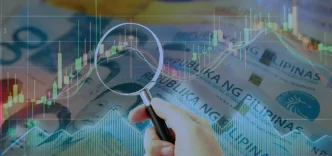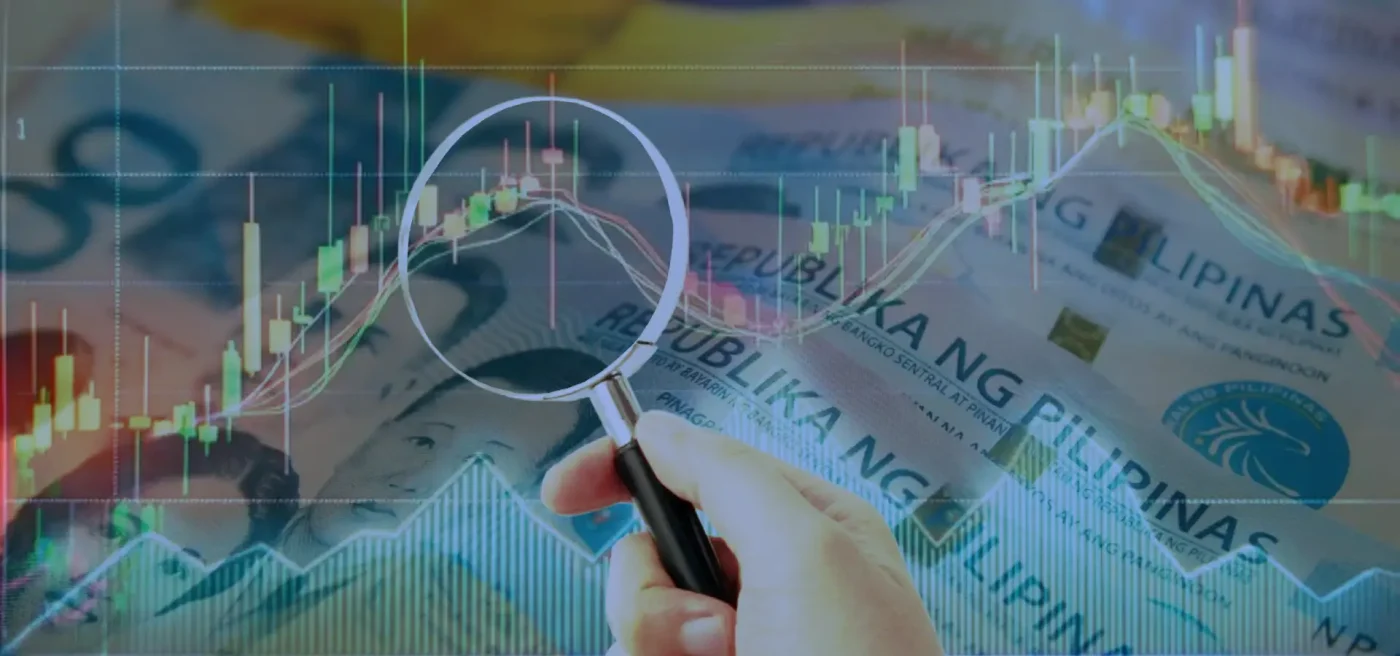The Philippines is emerging as a standout performer among Southeast Asia’s economies, buoyed by a strengthening peso, cooling inflation, and a robust growth forecast. According to a recent report by Singapore’s DBS Bank, the country’s economic outlook for the second half of 2025 remains optimistic, with the benchmark Philippine Stock Exchange Index (PSEi) expected to reach a year-end target of 6,900. This positive sentiment reflects a shift in key economic indicators that have historically weighed on the market, now turning in Manila’s favor.
Easing Inflation and Currency Gains
One of the most significant factors driving this optimism is the notable decline in inflation, which hit a five-year low of 1.3 percent in May 2025, down from 1.4 percent in April. This drop, largely attributed to reduced utility costs, has alleviated pressure on households and businesses alike. Alongside this, the Philippine peso has shown resilience, appreciating to 55.62 against the US dollar as of early June 2025, compared to 55.77 the previous day. Analysts at Japan’s MUFG Bank project further gains, forecasting the peso could reach 54.50 by the first quarter of 2026.
These developments have created a favorable environment for monetary policy adjustments. DBS Bank noted that the Bangko Sentral ng Pilipinas (BSP) now has greater flexibility to lower interest rates, a move that could further stimulate economic activity. “We believe these developments set the stage for a constructive Philippine equity backdrop in [the second half of 2025]” said a DBS spokesperson, highlighting the potential for sustained market growth.
Economic Growth Outpacing Regional Peers
Beyond currency and inflation trends, the Philippines is also projected to lead Southeast Asia in economic growth for 2025, with an estimated expansion of 5.8 percent. This figure starkly contrasts with more modest forecasts for regional peers, such as Singapore at 2 percent, Thailand at 1.8 percent, and Indonesia at 4.8 percent. DBS attributes this strength to the country’s relatively low reliance on trade-driven growth, making it less vulnerable to global economic fluctuations compared to export-heavy economies like Thailand.
This domestic focus is a critical advantage as global trade uncertainties loom, particularly with the impending end of a 90-day tariff truce initiated by US President Donald Trump, set to expire on July 31, 2025. While many Southeast Asian nations brace for potential disruptions, the Philippines is expected to experience minimal impact. Last year, the country recorded a net export surplus of $5.3 billion with the United States—equivalent to 1.2 percent of its gross domestic product—driven by key exports like semiconductors, electronics assembly, and agricultural products. Notably, semiconductors, a cornerstone of Philippine exports, remain exempt from proposed US tariff measures, further insulating the economy.
“We note that the impact may be even less significant, as semiconductors—its key export—remain exempt from proposed tariff measures” said DBS in its outlook, underscoring the Philippines’ unique position to weather external shocks.
Resilient Corporate Earnings Amid Global Uncertainty
The resilience of the Philippine economy is mirrored in the corporate sector, with earnings for companies listed on the PSEi projected to grow by 11 percent in 2025 and 7 percent in 2026. This stability is largely due to the domestic orientation of key industries such as banking, utilities, property, and conglomerates, which are less exposed to international trade volatility. “Key sectors… are largely shielded from external trade shocks, further supporting resilient earnings trajectory despite elevated global uncertainty” noted DBS, pointing to the structural strengths within the Philippine market.
However, investor caution persists, as reflected in the equity risk premium of 490 basis points used in DBS’s PSEi target. This premium suggests that while the outlook is positive, there remains a hesitancy to overvalue stocks amid lingering global risks, including potential shifts in US trade policy and broader economic headwinds. For now, though, the combination of a stronger peso, controlled inflation, and steady corporate performance paints a promising picture for Philippine equities.
Regional Context: A Comparative Advantage
Comparing the Philippines to its neighbors reveals a broader narrative of economic divergence in Southeast Asia. Thailand, for instance, faces significant challenges due to its heavy dependence on exports, rendering it less attractive to investors in the current climate. Singapore, while a financial hub, grapples with slower growth projections, and Indonesia’s moderate expansion still falls short of Manila’s pace. The Philippines’ ability to rely on internal demand as a growth driver offers a buffer against the external pressures that weigh on its peers, positioning it as a relative safe haven for regional investment.
This comparative advantage is not without caveats. While the immediate impact of potential US tariffs appears limited, any escalation in global trade tensions could indirectly affect investor sentiment across the region, including in the Philippines. Additionally, domestic challenges such as infrastructure gaps and bureaucratic inefficiencies—long-standing hurdles for the country—could temper the pace of growth if not addressed. Nevertheless, the current economic indicators suggest that Manila is on a stronger footing than many anticipated just a few years ago.
Policy Implications and Future Prospects
The BSP’s potential rate cuts, enabled by low inflation and a stable peso, could serve as a catalyst for further economic momentum. Lower borrowing costs would likely encourage investment in key sectors like real estate and infrastructure, areas where the Philippines has significant room for development. At the same time, sustained corporate earnings growth could bolster confidence in the PSEi, attracting both domestic and foreign investors seeking exposure to one of Southeast Asia’s most dynamic markets.
Yet, questions remain about the sustainability of this trajectory. If global economic conditions deteriorate—whether through renewed trade conflicts or unexpected shocks—could the Philippines maintain its current momentum? Analysts suggest that while the country is better positioned than most in the region, it is not entirely immune to external pressures. The government’s ability to capitalize on current favorable conditions, through targeted policy measures and structural reforms, will be critical in ensuring long-term resilience.
A Broader Perspective for Southeast Asia
The Philippine story also offers lessons for the wider Southeast Asian region, where economic fortunes vary widely. As countries navigate a complex global landscape, the balance between domestic strength and international exposure becomes increasingly pivotal. For the Philippines, the current outlook—marked by a stronger peso, declining inflation, and robust growth—demonstrates the value of economic diversification and internal stability. Whether this model can be replicated elsewhere in the region remains to be seen, but for now, Manila stands as a beacon of relative optimism.
As the second half of 2025 unfolds, all eyes will be on how the Philippines leverages its economic advantages. With the BSP poised to ease monetary policy and key sectors showing resilience, the country appears well-placed to sustain its upward trajectory. Yet, in a world of uncertainty, the path forward is far from guaranteed, and both policymakers and investors will need to remain vigilant to emerging risks.
















